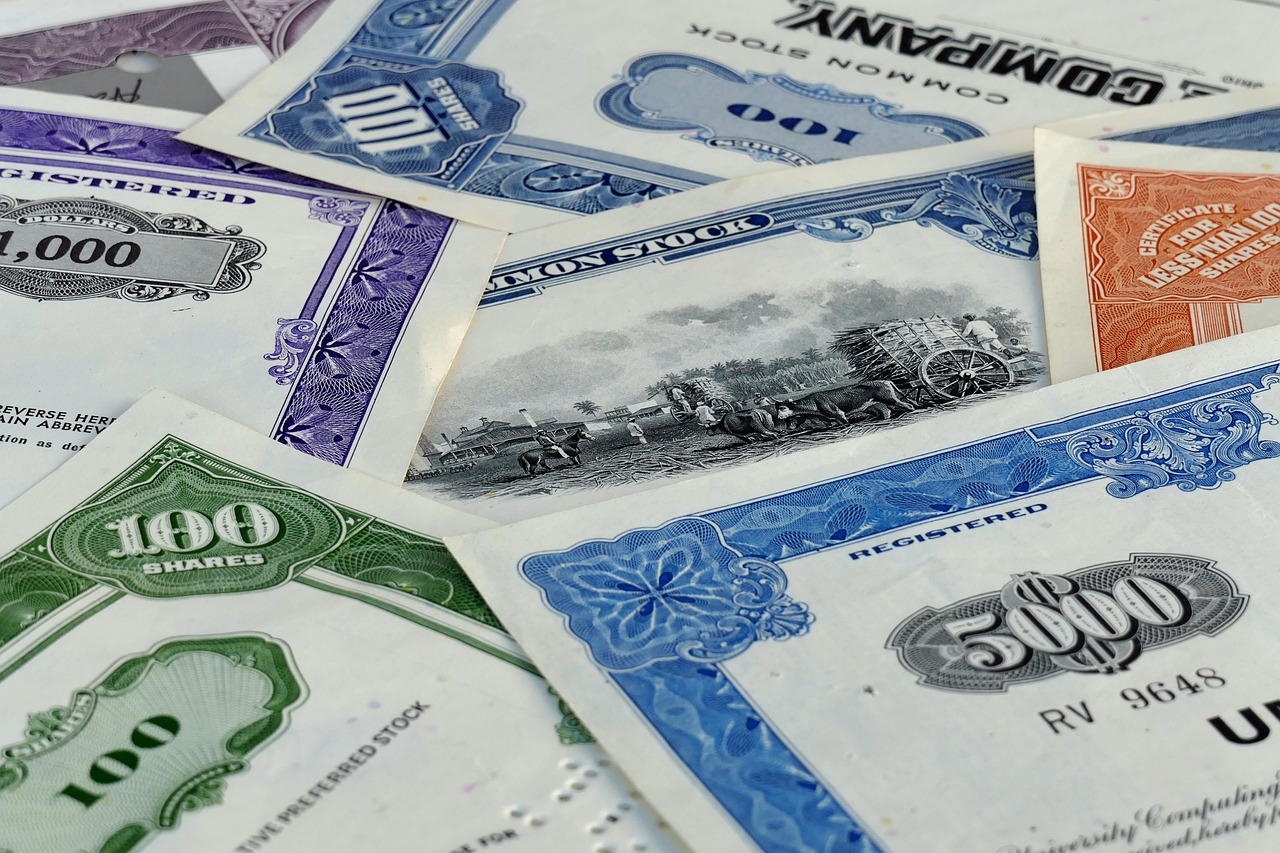Best things dwell out of sight, The pearl, the just – our thoughts. Most shun the public, are legitimate and rare. “Best Things dwell Out of Sight” – Emily Dickinson
The Wall Street Journal of September 29th treated its readers with a pair of kid gloves headlining its article describing the performance of that month’s equity markets “Stock-Market Rally Sputters in New World of Soaring Bond Yields” as the months -4.8% return transformed the 3rd quarter’s return to a -3.3% and applying a haircut to its year to date return reducing that figure to +13.1%. S&P Dow Jones, in its commentary of the month’s market, chose to describe it as a market rally that “fizzled,” citing 10-year Treasury yields rising to 15-year highs, renewed inflation concerns and worries about the Fed’s “hawkish” guidance. Talk of “soft landings” seemingly went AWOL amid increasing references to the possibility of “crashes” and some market commentators citing what they perceive as parallels between current market conditions and those preceding the market conditions of 2008-2009. Proving that fear can be contagious, the needle of the CNN Fear & Greed Index now finds itself residing in the Extreme Fear space.
A consumer of commentaries on the economy and financial markets should be struck by the increasing length to which those commentators are going to find evidence to support their narratives. Demography, one of the longest term of variables, is cited to support the thesis that inflation is likely to remain higher for longer. Federal budget deficits, which have been large for a long time, are now at a crisis point. Another reason for the likely persistence of inflation is that the US workforce has grown militant and increasingly prone to demand very high wage increases though only 10% of the US workforce is unionized. Another source of worry is that those same workers that are demanding significantly higher wages, as they spend down their pandemic sourced savings accounts, are viewed by some as increasingly likely to default on their credit card debt and sink under the burden of their renewed student loan payment obligations. What they do not include in their narratives is that those same households’ cost of servicing those debts, in relation to their income, is below that of any year in the past thirty-four years. And US corporations, which are claimed by some to be about to buckle under their need to refinance their debt at today’s much higher rates, are currently able to service those same debts at a cost that, in relation to our national economy, is at its lowest share in more than forty years and 40% lower than four years ago. Perhaps the greatest surprise for those willing to step outside the realm of opinion into that of fact is how stable this year’s economic environment is with a great many of the various indicators used to measure the current state of our national economic well being represented by close to horizontal lines; in other words, our national economy is very much in “steady as she goes” mode.
Why bother with the financial markets, the beleaguered investor may be forgiven for asking. 60 (equity)/40 (fixed income) moderate investment portfolios have created negative returns in the past twenty-four months. The losses aren’t large, likely near 6%, but why not just step over to the sidelines and roll over six-month Treasury bills paying 5 ½% with NO risk? No need to worry about inflation, recession, government shutdowns budget deficits etc. Once things “look” better, say after the presidential election next year, one can always get back into the market and experience the better days to come. This seems like such a sound proposition it is tempting to view its logic as very close to compelling. History though may offer a counter argument. We are either at or very close to the end of this rate hiking cycle; the seventh since 1984. In the prior six episodes the S&P 500 returned ON AVERAGE 20% in the succeeding twelve-month period. Market declines are the price investors pay to be in the stock market. Perhaps the price is close to having been paid. Perhaps the greater risk is missing the reward. Recent market behavior provides additional evidence to support the possible wisdom of not exiting this market. Call options are a “wager” on higher stock market prices and put options are their opposite. Negative wagers on this market are currently at the highest levels since two prior times this past twelve months. This first time, December 19th of 2022 the market was 10% higher on February 2nd. On March 8th the market was 15 ½% higher on July 28th.
Q3 2023 provided investors with something they had not experienced in the year’s first half, with the fixed income portion of the portfolio outperforming that of the equity. This was partially attributable to the equity market’s overall decline of 3% in the quarter. The fixed income share though, experienced modestly positive returns of 1.5% leaving 60/40 portfolios -2% for the quarter and +4.6% year to date. Equity markets in the quarter offered investors little in the way of safe harbors as most equity holdings created returns of between -2% and -4% with small cap stocks underperforming a bit more. The relatively good behavior of fixed income during the quarter was attributable to interest rates rising in the intermediate to longer term maturity range but shorter-term maturities remaining relatively constant allowing investors to earn their cash flow without declines in the value of their principal.
Mark H. Tekamp/October 7, 2023


